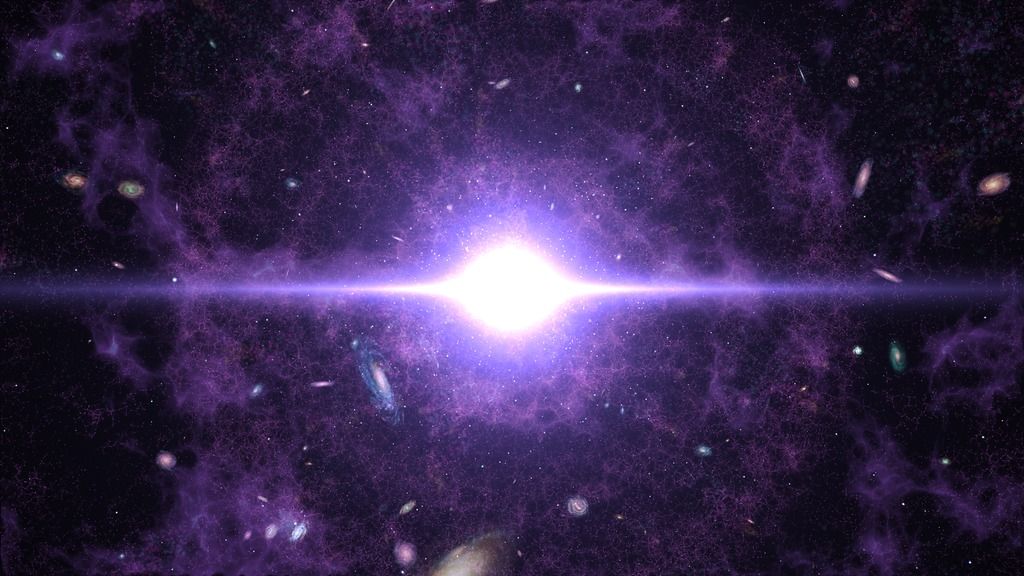There are different theories of “first life”, but most of them include a large liquid morass which we might call a “sea” and some sort of very basic electrical impulse (there is, of course, “natural” electricity such as lightening). You can easily research these theories yourself if you are indeed interested.
For the record I am not a scientist nor have I ever made my living as a scientist. I do have a Bachelor's Degree in Science--specifically in Engineering, so I am, at least, comfortable talking about the subject.
While earning my degree, everything centered around the "scientific method" (see below):
What I've attached is simply the first image I found on Google and looks quite similar to what I used in college.
To be fair, depending on who you ask regarding the scientific method, people may state it differently but regardless of who you ask they should all give the same basic steps.
One of the key steps involved in the scientific method is "observation". Observation is key factor in any scientific study. Period. Our hypothesis, experiments and everything that comes after that are all based upon observation. Without observation the whole process falls apart and now we can no longer call our efforts "science".
Now, I say all this to simply say that any "theory" (a scientific term) used to explain "first life" is not a theory, at all, and should be identified by what it actually is--conjecture.
Why?
If there is no one around to observe "first life" then there is no one around to actually perform the science involved in establishing the theory of "first life".
This is precisely why "billions" of years of evolution can never be called a "science" as there was no one around to "observe"--not only
how evolution unfolded--but
if evolution ever occurred, at all.
We all need to recognize that just because a scientist makes a claim does not make that claim a "scientific" claim if all it actually is is simple conjecture with no supporting science to establish any type of scientific foundation for those claims.





